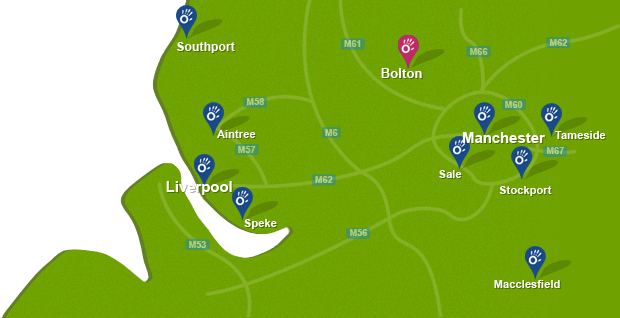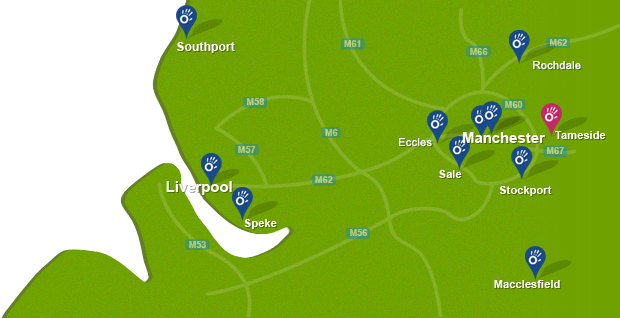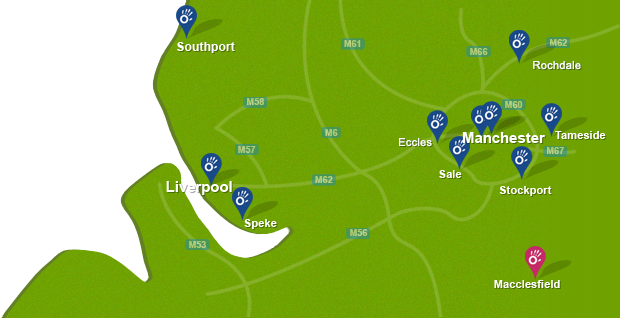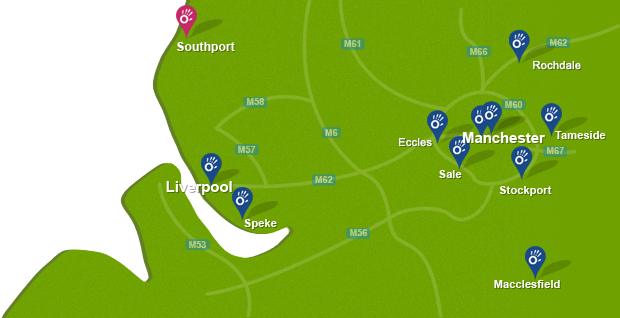A range of massage techniques can be used to prevent and treat symptoms of delayed onset muscles soreness (DOMS).
DOMS is the normal response to over exertion of muscles and is part of an adaption process that leads to greater stamina and strength. Pain, stiffness and fatigue are the common symptoms and effects of DOMS. Massage therapists at Manchester Physio provide a range of massage therapy services to treat delayed onset muscle soreness.
When can massage be used to reduce delayed onset muscle soreness?
Massage to reduce delayed onset muscle soreness can be used: Massage is an effective treatment used to reduce symptoms of DOMS. Massage is used to reduce DOMS post event, post exercise, part of a training programme and for tight muscles. DOMS is pain which can develop during and after activity. DOMS develops 12-24 hours after exercise and may produce the greatest pain between 24-72 hours after exercise has been performed.
Massage can be used to reduce DOMS post event and post workout. Waste products such as, lactic acid is produced in the muscles during exercise and contributes towards DOMS, fatigue and stiffness after exercise. By using a range of post exercise massage techniques the body can flush out waste products, allowing a faster recovery and a quicker resumption of training.
Massage can be a beneficial treatment used as part of a training programme. Throughout intense and regular training DOMS can prevent training due to muscle soreness and stiffness. Massage can help assist reduce the symptoms felts by DOMS. Massage helps reduce inflammation, reduce pain restore flexibility. Massage can increase recovery time and allow a quicker return to training.
Massage also helps to reduce DOMS in tight muscles. Tight muscles alongside chronic pain can be the result of DOMS. Massage works directly on the areas of tightness, restoring blood flow and loosening knots. Massage improves the blood circulation to the muscles, relieving pain, emotional stress and anxiety which contribute to pain.
How does massage help reduce delayed onset muscle soreness?
Massage helps to reduce DOMS by reducing inflammation, decreasing pain, relieving tightness and removing waste products from the muscles. After intense activity muscle fatigue and soreness can be the effect of lactic acid build up and the rebuilding process within the muscle. DOMS is classified as a type I muscle strain and can vary from slight muscles stiffness to severe, debilitating pain that restricts movement.
Massage helps reduce DOMS by reducing inflammation of the muscle fibres. During exercise high tension in the muscle fibers can result in a structural damage to the muscles and its cell membrane. Damage to the cell membrane interrupts calcium homeostasis in the fibers. Calcium homeostasis refers to the regulation of calcium ions in extracellular fluid. The result of high calcium concentrations activates enzymes that affect the cell membranes. Over time, an increase in circulating neutrophils and other inflammatory cells participates in the inflammatory response. Neutrophils are the most common type of white blood cell, released as part of a defense mechanism in the body. The release of substances from the inflammatory cells stimulates the pain-sensitive nerve endings that activate pain receptors. Massage assists the muscle recovery stage by encouraging blood to the area. Increased blood delivers nutrients and oxygen to repair damaged cells.
Massage helps reduce DOMS by decreasing pain. Massage helps to decrease pain by reducing inflammation, interrupting the pain cycle and releasing hormones. Decreasing inflammation to the muscle cells relieve stimulations to nerve endings which activate pain receptors. Massage also decreases pain by interrupting the pain cycle. The brain receives signals that are perceived as pain. Massage interferes by sending other impulses along the sane pathways. Pain signal therefore do not manage to reach the brain and the feeling of pain is not received.
Massage also helps to reduce pain from DOMS by relieving tightness. To treat DOMS, massage can work directly onto the areas of tightness, restoring blood flow and relaxing the muscles. Tightness and soreness due to DOMS can restrict flexibility and range of movement. Massage stretches and elongates muscles which relieve tension. Pain is eliminated when tension is released from the muscles allowing normal movement and flexibility to be restored.
Massage helps to reduce DOMS by removing waste products out of the muscles. Waste products such as lactic acid can build up in the muscles causing DOMS. Massage can increase blood circulation to the muscle stimulating more cellular exchange. Cell exchange is the increase of oxygen and nutrients into the muscles and waste products being removed. The release of waste products in the muscles allows tension to be relieved and muscle fibres to heal.
What are the benefits of receiving a massage to reduce delayed onset muscle soreness?
Massage to reduce delayed onset muscle soreness has many benefits. The benefits of massage to reduce delayed onset muscle soreness include: Massage is an effective treatment to reduce DOMS. The benefits of reduced DOMS are pain relief, reduced tension, improved recovery and maximised performance.
One benefit of DOMS is pain relief. Massage helps to relieve pain by interfering with the body's pain signal pathways, releasing endorphins and providing muscle relaxation. Massage interferes with the body's pain signal pathways so that the brain does not register pain. Massage also helps reduce pain by stimulating the release of hormones. Hormones such as endorphins, serotonin and dopamines are feel good hormones produced in the brain. The endorphins produced can work so powerful that they manage to mask pain. Massage helps relieve pain by providing muscle relaxation. An increase of muscle relaxation helps tightness to be relieved and pain to be reduced.
Massage also helps to reduce tension. DOMS can produce a high a level of tension in the muscles that restricts movement and flexibility. Massage can help reduce tension by increasing the temperature and blood circulation allowing muscles to relax. Pain is deceased when tension is released. Decreased tension restores flexibility and range of movement around a joint.
Massage can help to improve recovery. Massage is an important contribution to the body's recovery routine after exercise or injury. Massage can reduce the chance of injury by releasing tension, soreness and stiffness produced by exercise. Massage can also assist in the recovery of injury by improving blood flow which can assist healing to damaged and affected areas. Minor injuries and lesions can be repaired quickly and effectively.
The benefit of reduced DOMS can contribute to maximising performance. The symptoms of DOMS can be debilitating and effect performance. Massage helps people to train more effectively, recovery quickly, prevent injury and improve their performance.
Summary
Delayed onset muscles soreness (DOMS) is an increasing feeling of discomfort, pain and stiffness felt in muscles after exercise. Massage treats DOMS by relieving tension. Pain is eliminated when tension is released from the muscles allowing normal movement and flexibility to be restored. Massage helps to flush out lactic acid and other waste products produced from exercise before symptoms of DOMS occur. Massage therapists at Manchester Physio provide a range of massage therapy services to treat delayed onset muscle soreness.
How can I arrange a massage to reduce delayed onset muscle soreness?
To arrange a massage to reduce delayed onset muscle soreness at Manchester Physio, email us at office@manchesterphysio.co.uk or call 0161 883 0077.


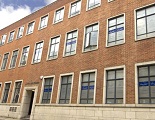
 0800 033 7800
0800 033 7800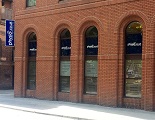






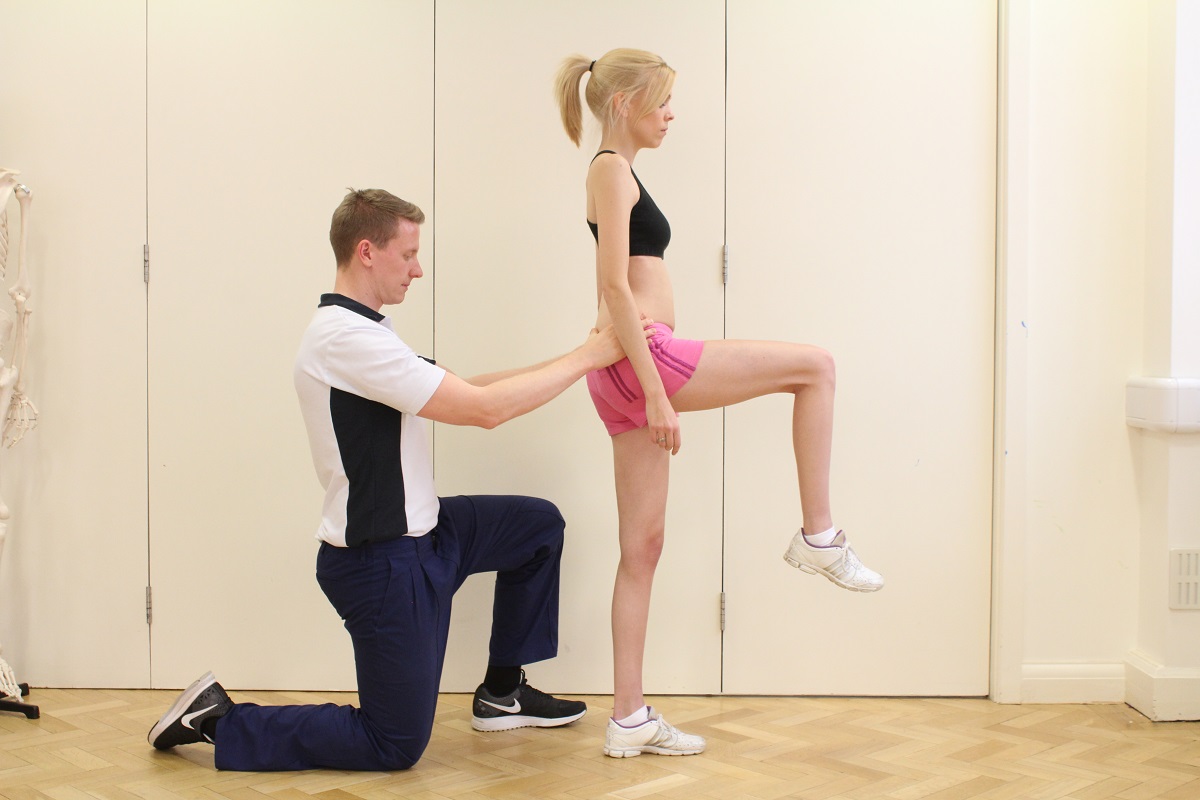
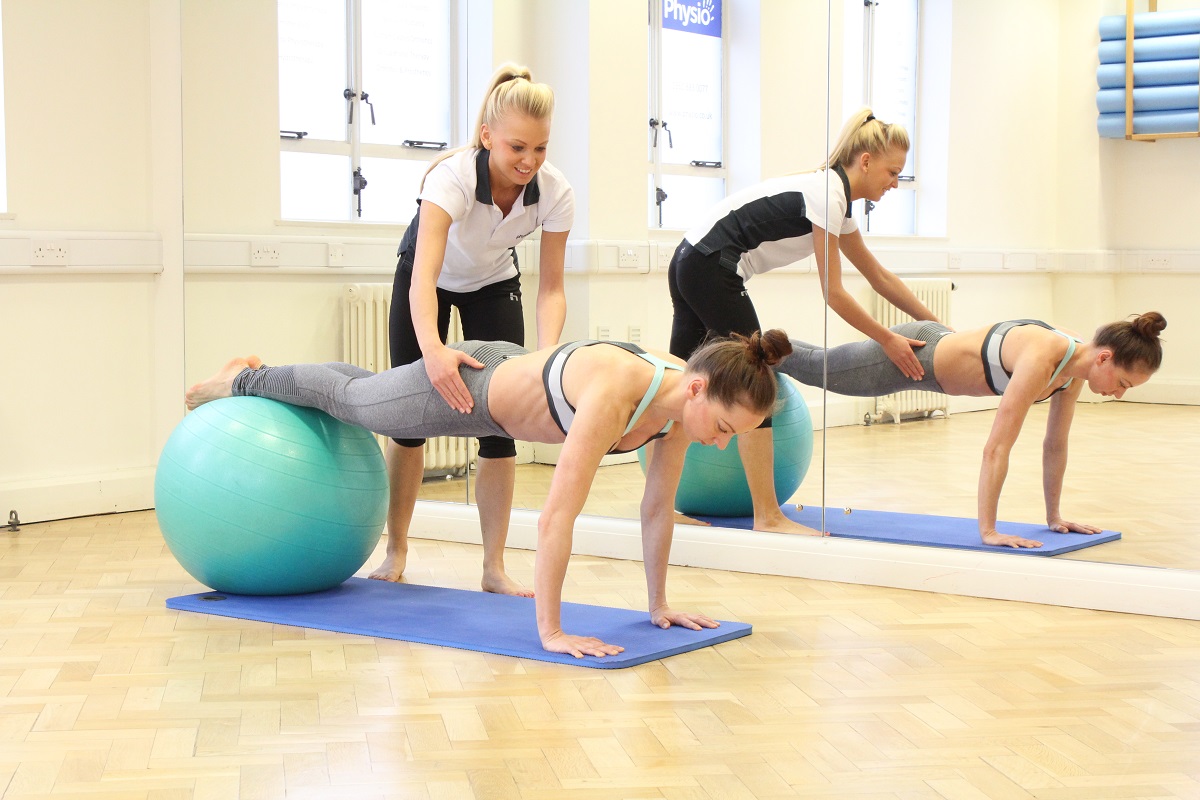
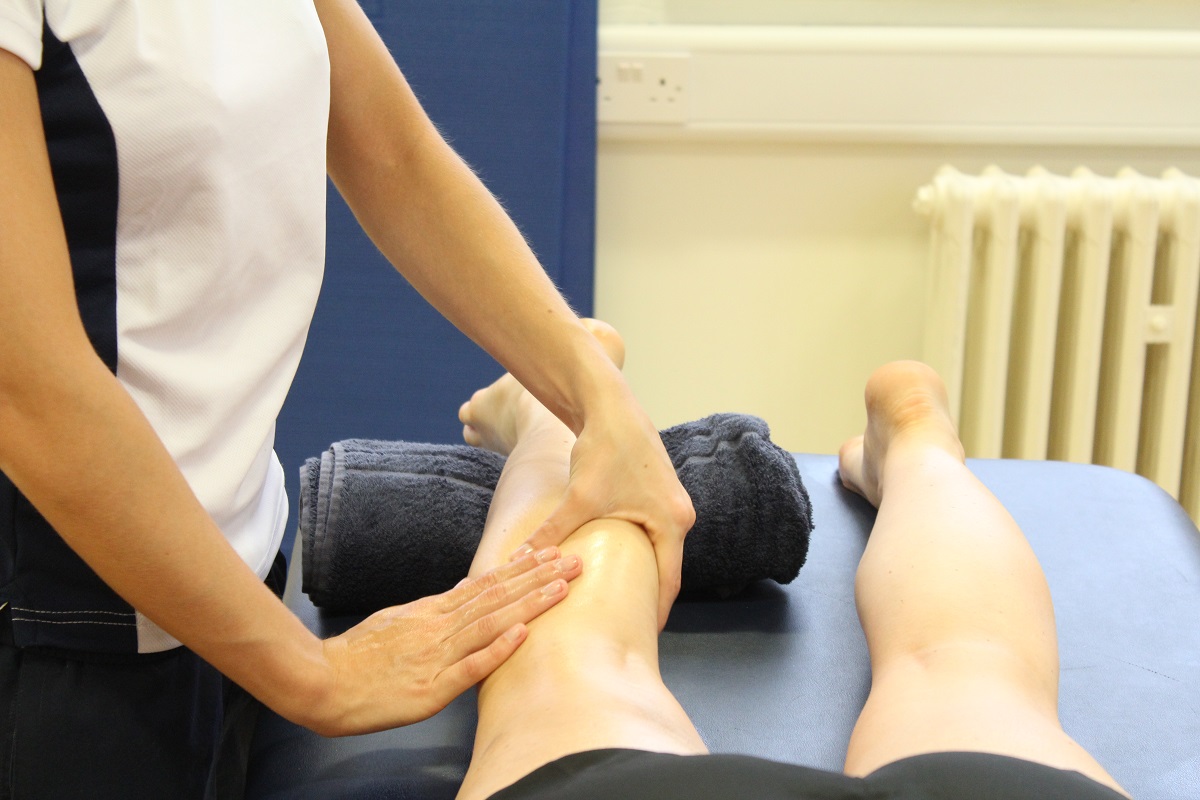

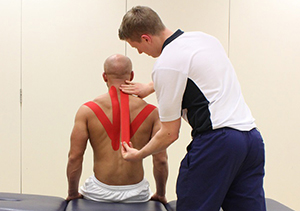

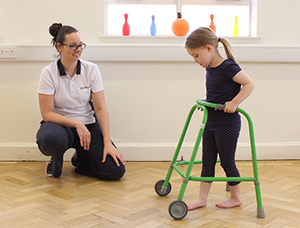
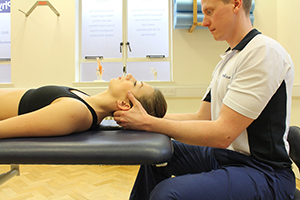
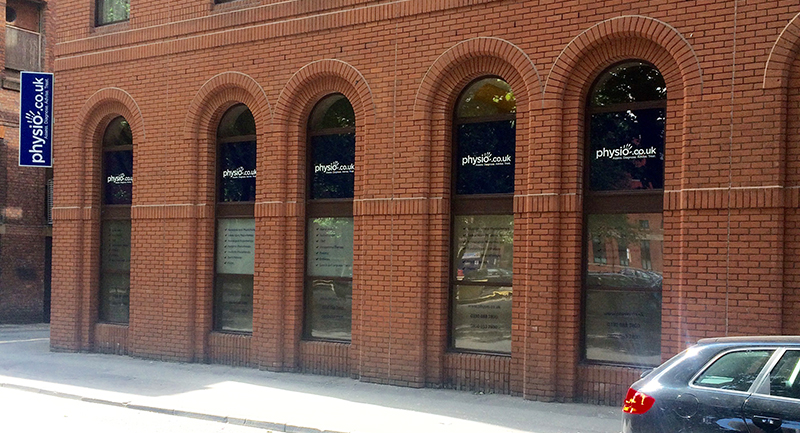
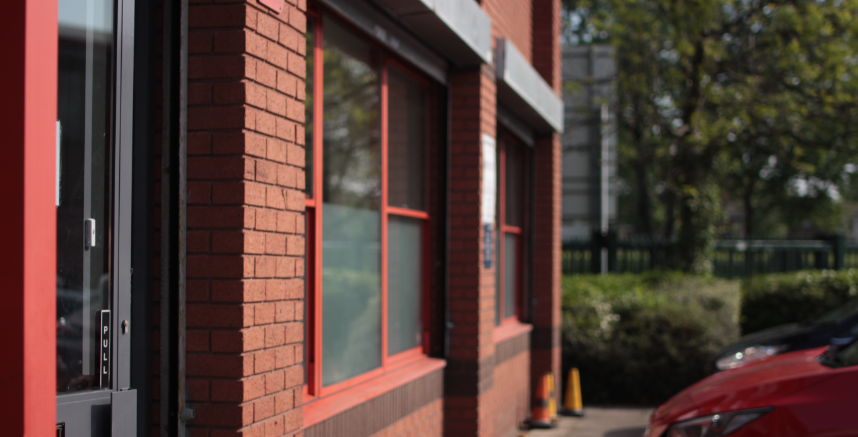


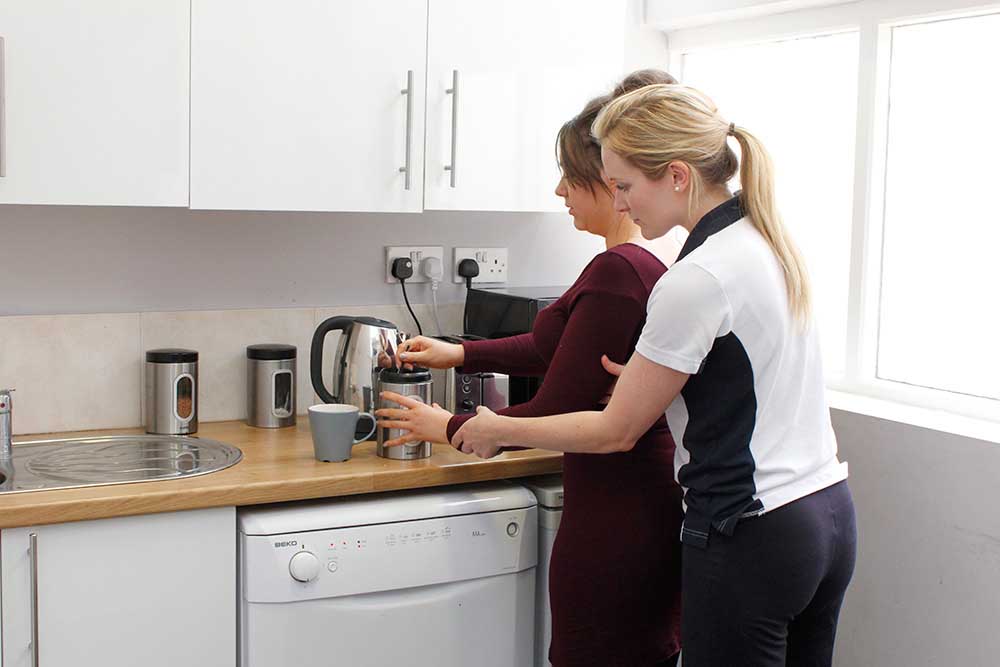

 Above: Soft tissue massage of abdominal oblique muscle
Above: Soft tissue massage of abdominal oblique muscle Above: Soft Tissue Massage targeting trapezius muscle
Above: Soft Tissue Massage targeting trapezius muscle Above: Soft Tissue Massage targeting gastrocnemius and soleus muscles
Above: Soft Tissue Massage targeting gastrocnemius and soleus muscles


























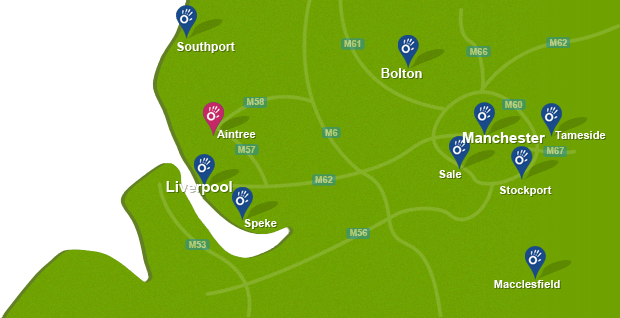

 f
f
